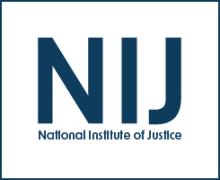Studies
It's a Marathon Not a Race: Exiting the Commercial Sex Trade
Effectiveness of Educational Materials Designed to Change Knowledge and Behavior About Crying and Shaken Baby Syndrome: A Replication of a Randomized Controlled Trial in Japan
Media Campaigns for the Prevention of Illicit Drug Use in Young People
Mentoring Adolescents to Prevent Drug and Alcohol Use
Buprenorphine Maintenance Versus Placebo or Methadone Maintenance for Opioid Dependence
Procedural justice, neighbourhood context, and domestic violence reporting intention among subgroups of immigrants
Tribal Crime, Justice, and Safety (Part 2)
Stacy Lee Reynolds and Christine (Tina) Crossland continue their discussion of tribal crime, justice, and safety, including how Native American persons experience crime victimization at higher rates than non-Native people and the jurisdictional complexities in responding to tribal crime, justice, and safety. Read the transcript.
Listen to the first half of Stacy and Tina’s discussion.
Tribal Crime, Justice, and Safety (Part 1)
Research indicates that Native American persons experience crime victimization at higher rates than non-Native people. Furthermore, the unique position of American Indian and Alaska Native tribes as both sovereign nations and domestic dependents of the U.S. creates jurisdictional complexities in responding to crime, justice, and safety. Senior social and behavioral scientist Christine (Tina) Crossland discusses NIJ’s research on these topics, especially on the prevention of violence towards American Indians and Alaska Natives. Communications Assistant Stacy Lee Reynolds hosts.





